Russian Cities
Moscow
Population: 12 506 468 people
Founded in 1147
The first note about Moscow is from the chronicles dates back to 1147: here Prince Yuri Dolgoruky convened a military council. In 1156, new wooden fortifications were laid on the site of the ancient settlement. Moscow was named after the river on which it was founded.
During the Ivan I Kalita reign, Moscow becomes one of the most powerful cities in Ancient Russia.
Under the reign of next Moscow Prince, Dmitry Donskoy, numerous monasteries and a strong defensive system were built in Moscow. During this period the walls of the Moscow Kremlin in the Old Russian State became white stone. Kremlins in Russia are the fortified centers of the cities or the oldest part of it.
During the reign of Ivan III in 1485-1495, the Moscow Kremlin was built of red brick by Italian architects Aristotle Fioravanti and Pietre Antonio Solario. Moscow united almost all Russian lands and became the capital of Russia.
During the reign of Ivan IV the Terrible members of the Boyar Duma, the highest clergy and capital officials conferred with the Tsar on important state issues in the Kremlin.
Bad harvest and invasions from Poland and Lithuanians at the late 17th century slowed down the development of Moscow, but, thanks to the feat of Kozma Minin and Dmitry Pozharsky, Moscow was soon freed from enemies.
In the early 18th century, Emperor Peter I replaced the capital from Moscow to St. Petersburg. During this period, Russian capital was repeatedly transferred from Moscow to St. Petersburg and back. In 1754 Mikhail Lomonosov founded the legendary educational institution of Russia – Moscow University.
During the Patriotic War of 1812, Moscow was occupied by French troops and severely destroyed by fire. It is worth noting that the Kremlin of the 15th century was built in red, but in the 18th century, it was whitewashed in the fashion of the time. Napoleon saw the Moscow Kremlin in white colour. After the French invasion of Moscow, restoration works in the Kremlin were carried out (1816-1819).
Eventually, Moscow had become the industrial center of the Russian Empire. Numerous factories and railways were built in the city. Moscow survived the Revolution of 1905-1907 and then, in 1918, became the capital of Russia again. In this period began active construction of Moscow.
In the 1930s, began construction of large machine-building and metallurgical enterprises in Moscow. New research facilities were also built: schools and higher education institutions.
In 1931, Soviet urban planners began to develop a Master plan for the Reconstruction of the capital. It was approved in 1935 and retained as a basis the ring layout of the city. In 1937 was completed the construction of Moscow river channel connecting the capital with the Volga River. Every year, the Moscow river began to receive about a billion cubic meters of Volga water and became navigable again. Moscow and Yauza Rivers were covered by granite embankments and turned into a wide highway. A large-scale reconstruction of Moscow was carried out.
During the Great Patriotic War (1941-1945) the appearance of Moscow changed dramatically, and capital lifestyle was rebuilt in a military manner. In October 1941 German troops broke through the defence at Vyazma and tried to capture the capital. There was a new surge of volunteer movement: 4 more divisions and 169 combat workers’ squads were formed, trained for battles. Moscow citizens took an important part in the production of military shells, equipment, construction of fortifications and defending their city and the country.
For outstanding services to the Motherland, heroism, courage and perseverance of the residents of the capital during the Great Patriotic War, in commemoration of the 20th anniversary of the Victory, Moscow was awarded the honorary title ‘Hero City’. In the postwar years, the restoration of the city was carried out. After the victory in the Great Patriotic War, the reconstruction of Moscow continued.
In 1951, a new plan for the General reconstruction of the city was adopted. In the period from 1947-1957, the famous Moscow ‘Seven Sisters’ skyscrapers were built.
In the same years, the world’s first nuclear power plant began operating near Moscow.
In July 1957 in Moscow passes VI the world festival youth and students. The festival was attended by 34,000 girls and boys from 131 countries.
In 1971, the second Master plan for the development of Moscow was launched. It divided Moscow into eight large districts. By the mid-1970s, the construction of dozens of residential areas of Moscow was completed.
In 1980, Moscow hosted the XXII Summer Olympic Games.
In 1991, due to the collapse of the Soviet Union, Moscow became the capital of the Russian Federation. Today the image of Moscow has extremely changed. A lot of old buildings, mansions and parks coexist with the architecture of the postmodern period. Moscow museums have world-famous collections. Writers Alexander Pushkin and Mikhail Lermontov, scientist Mikhail Lomonosov and theatre director Konstantin Stanislavsky, composer Alexander Scriabin and singer Vladimir Vysotsky lived and worked in Moscow.
We recommend to visit: Moscow Kremlin, the Red Square, the State Tretyakov Gallery, Saint Basil’s Cathedral, the Manege Square, Building of Moscow State University named after Mikhail Lomonosov, Building of the Russian Ministry of Foreign Affairs, Exhibition of Achievements of National Economy (VDNH), Bolshoi Theatre
And here are some of them:
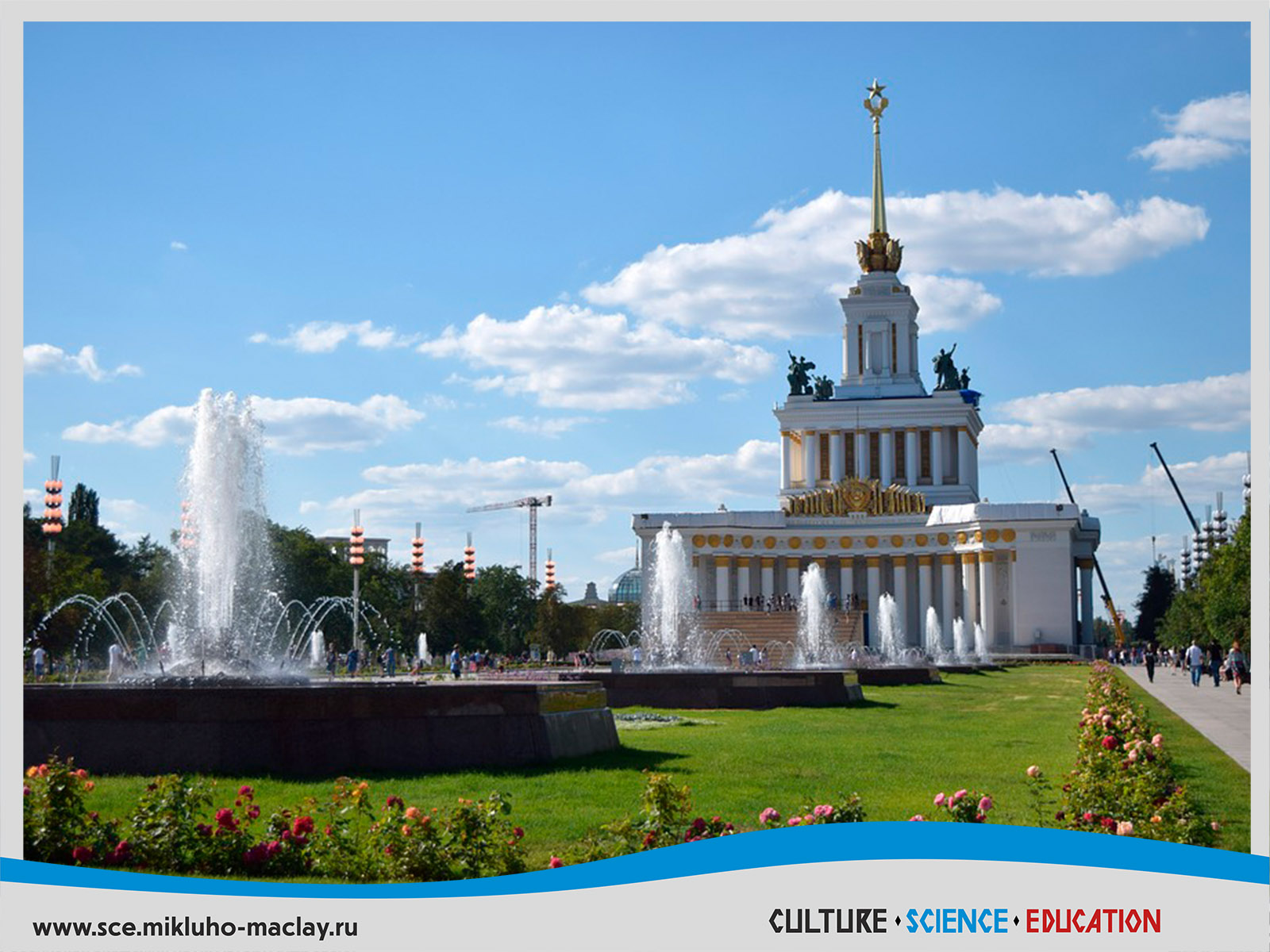
VDNH; Photo by InnaLutovinova
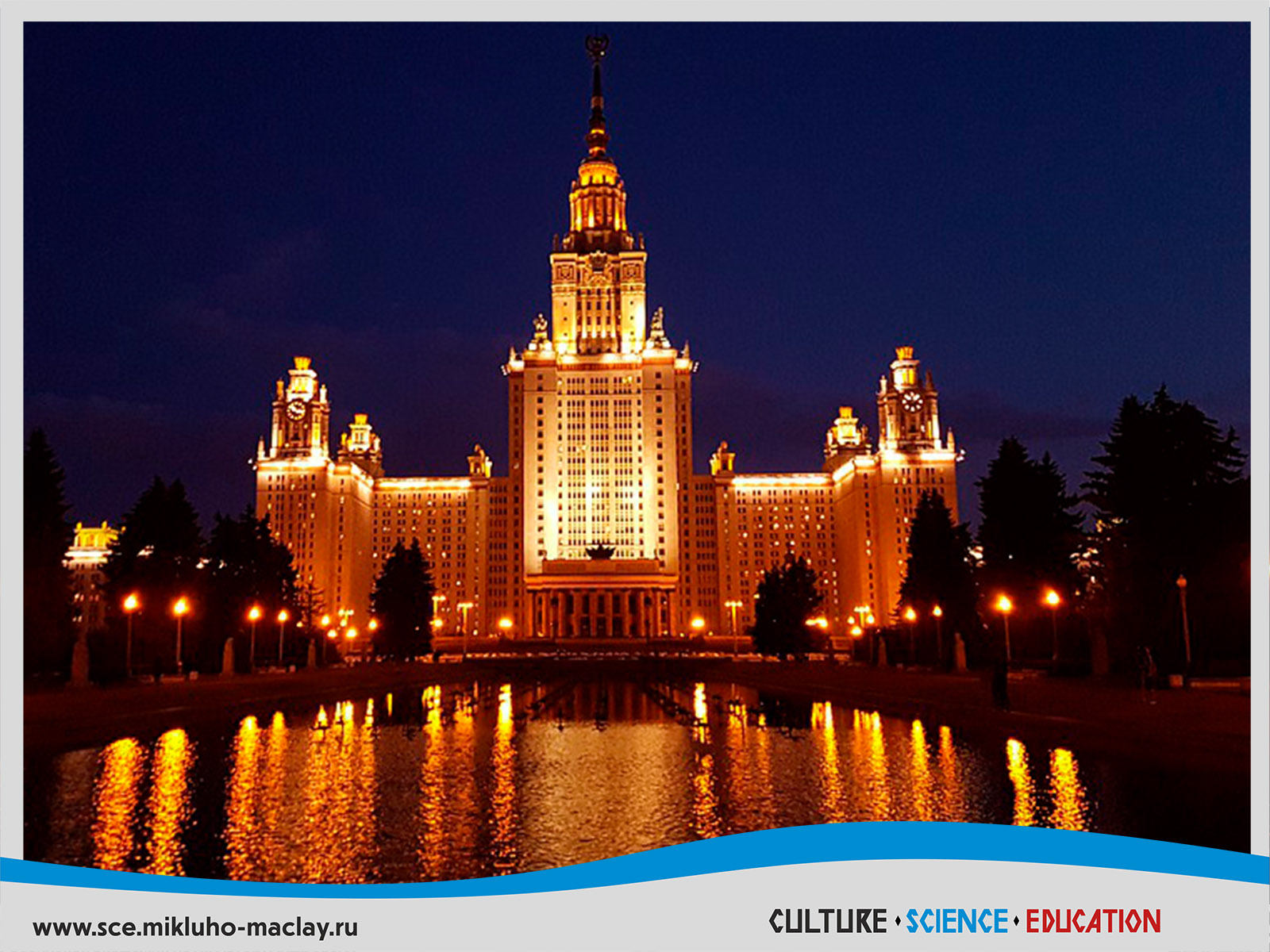
Moscow State University; Photo by Mihail Pozdnjakov
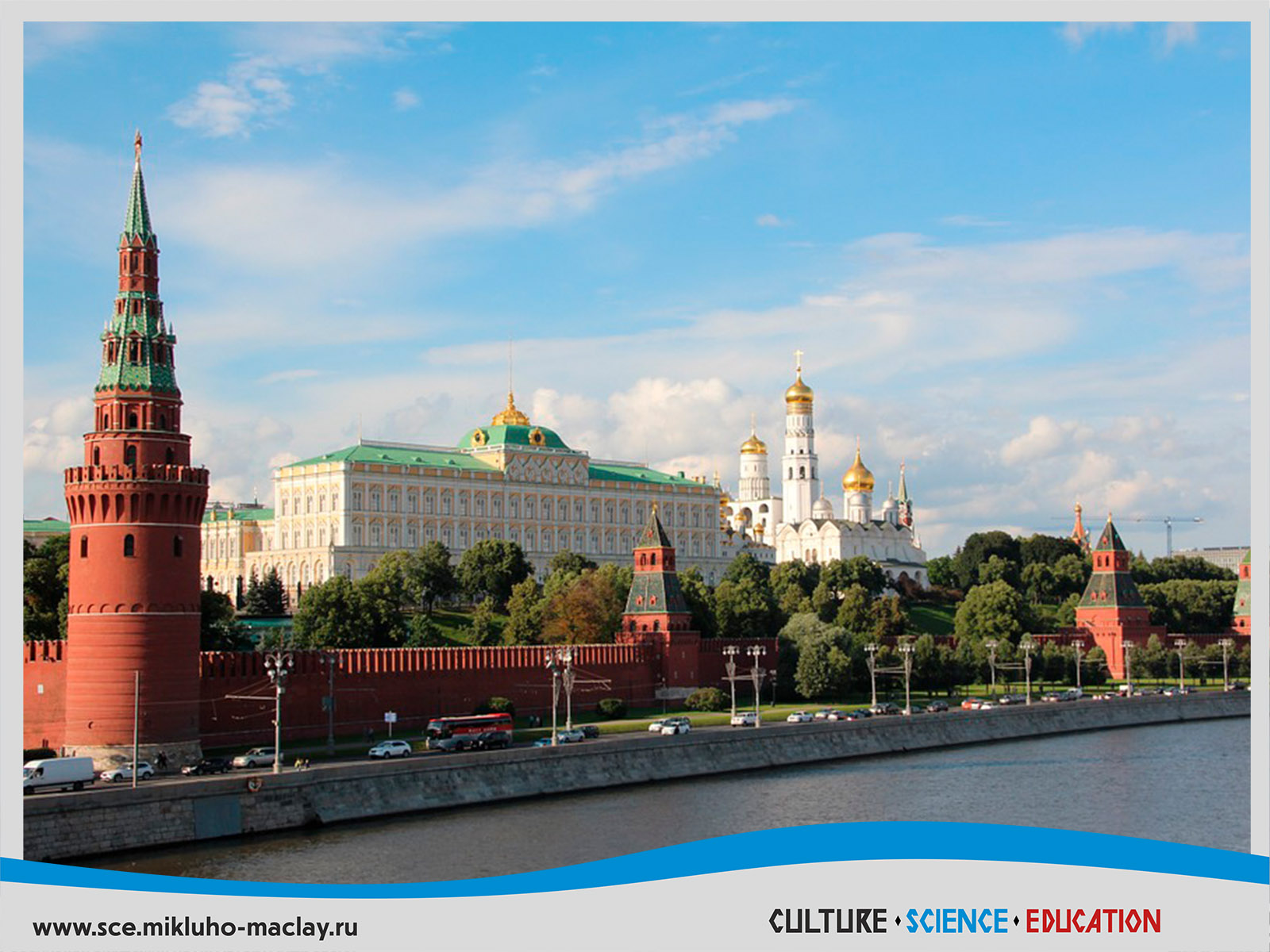
Moscow Kremlin; Photo by Peggy_Marco
Saint Petersburg
Population: 4 991 000 people
Founded in 1703
On 27 May 1703 laid the first stone in the building of the Peter and Paul Fortress. The fortress was designed personally by the Russian Emperor Peter I. Less than 10 years later, the capital of the Russian Empire was moved from Moscow to a new city on the Neva river.
Peter the Great left no will, so after his death began the struggle for the Russian throne. The situation became stable during the reign of her daughter, Empress Elizabeth. She has continued reforms of Peter’s I.
Between 1762 and 1796 the Russian Empire was under the rule of one of the wisest and most successful leaders of Russia – Catherine II the Great. Under her rule St. Petersburg was highly developed and there were built Emperor’s residences: Pavlovsk, Gatchina and Tsarskoye Selo.
The Tauride Palace, Academy of Sciences, Assignation Bank, Gostiny Dvor, Academy of Arts, New Holland and Winter Palace, Public Library and the Hermitage were also built. Embankment of the Neva River and channels were ‘dressed’ in granite.
During the reign of Paul I, the Saint Michael’s (Engineer’s) Castle was built in St. Petersburg.
After the victory over Napoleon during the Patriotic War of 1812, in St. Petersburg begins its solemn construction by the great architects: Carlo Rossi (the Senate and Synod buildings, the General Staff building), Vasily Stasov (the Moscow Triumphal Gate), Auguste de Montferrand (the Saint Isaac’s Cathedral, Alexander Column), etc.
A special place in the architecture composition of St. Petersburg occupies by the Belosselsky Belozersky Palace (Fyodor Demertsov, Andrei Stackenschneider), the Moscow Railway Station (Konstantin Ton) and the Mariinsky Theatre (Albert Kavos, Victor Schroeter).
In St. Petersburg had originated the famous Russian class of intellectuals.
In the early 20th century in St. Petersburg architecture composition dominates the Modern style: Singer House (Pavel Suzor), Matilda Kshesinskaya’s Mansion (Alexander von Hohen), the New Passage (Nikolay Vasilyev).
For almost 200 years, St. Petersburg was the capital of the Russian Empire. In St. Petersburg lived and developed the image of the Russian Empire capital of outstanding scientists, political and military figures, artists and architects, choreographers and directors, musicians and actors.
After the Revolution 1917, St. Petersburg has ceased as the capital of Russia. St. Petersburg was renamed Leningrad, after the leader of the revolutionary movement Vladimir Lenin.
The Great Patriotic War (1941-1945) left a strong mark on the St. Petersburg history. The siege of Leningrad lasted 872 days (8 September 1941 — 27 January 1944). There are no concrete data on the number of deaths but it’s number is close to 700 thousand people. On 1 May 1945, Leningrad was awarded the title Hero City.
On 6 September 1991, Leningrad became St. Petersburg again. Nowadays St. Petersburg is one of the most beautiful cities in the world and one of 7 cities in the world which are often called ‘The Venice of the North’.
We recommend to visit: Winter Palace, General Staff Building, Palace Square, The Admiralty, St. Isaac’s Cathedral, Kazan Cathedral, Smolny Cathedral, Kunstkamera, Belosselsky Belozersky Palace, Saint Michael’s (Engineer’s) Castle, The Tauride Garden, The Catherine Garden, Gazprom-Arena Stadium.
And here are some of them:

Isaac’s Cathedral; Photo by Georg Adler
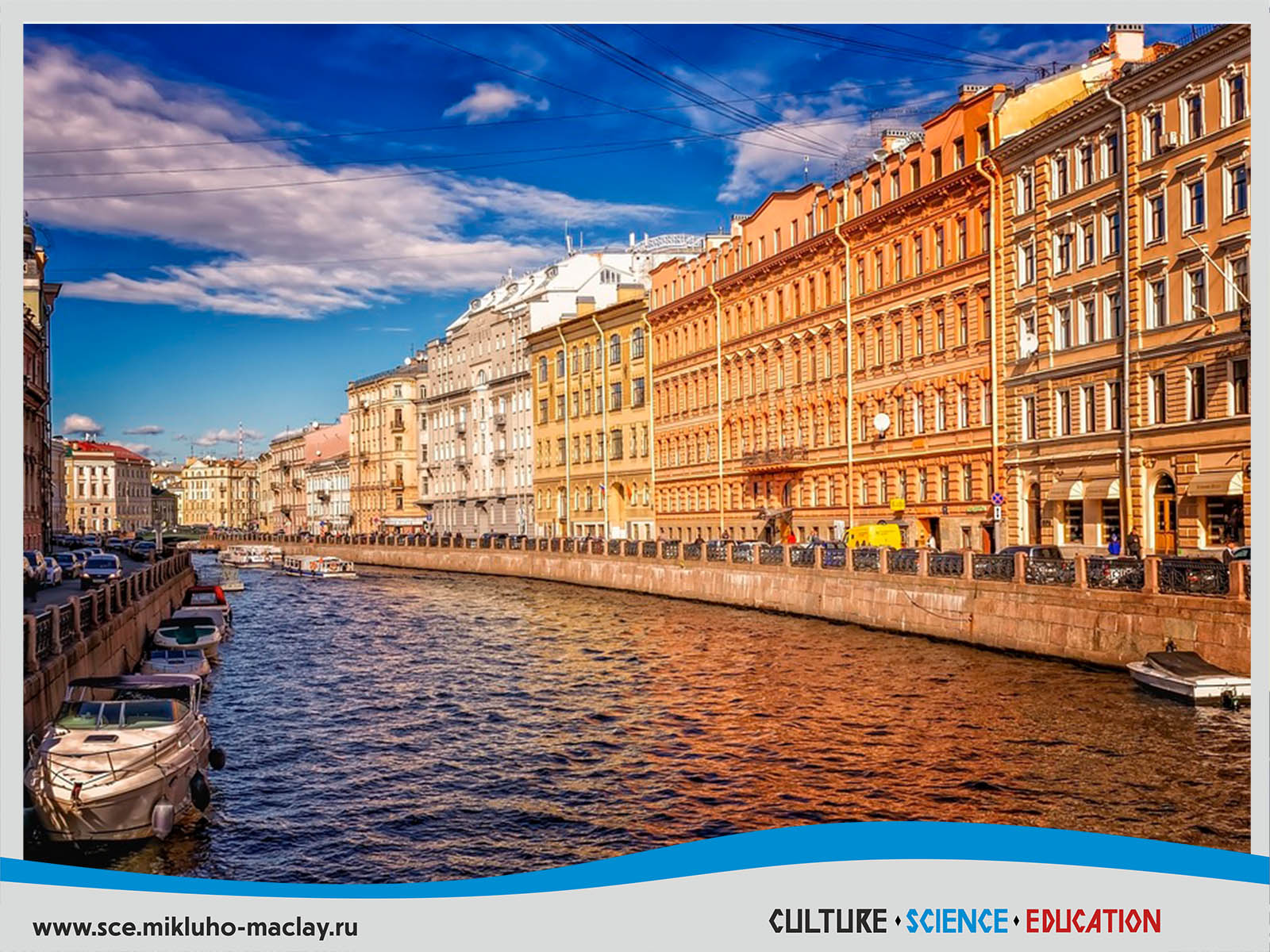
Views of St. Petersburg; Photo by Peter H

Winter Palace; Photo by Jori Samonen
Yekaterinburg
Population: 1 387 000 people
Founded in 1723
In the beginning of the 18th century Russian Emperor Peter I the Great ordered to establish on the border between Europe and Asia plant for iron ore processing.
The founder of the city is the historian, geographer and economist Vasily Tatishchev. He and German engineer in the service of the Russian Tsar, Vilim de Gennin, chose the most suitable place for the establishment of the plant. There were rich deposits of ore were nearby.
In November 1723, when the first batch of own metal was released, that is why this date considered to be the birthday of the new settlement. It was named in after the wife of the Russian Emperor – Yekaterinburg.
During the reign of Catherine II, a Large Siberian highway was laid through the city, which connected the Central and Eastern parts of Russia into a single economic and political space.
In the 19th century, a huge railway was built at these times. It turned Yekaterinburg into the largest trade and economic center not only in Siberia but also in the whole country.
Revolutionary period of the early 20th century turned Yekaterinburg into the center of the Bolshevik movement. Soviet power in Yekaterinburg was established immediately after the Revolution of 1917. The last Russian Emperor Nicholas II was exiled here with his family. Both he and his entourage were shot in July 1918 at the time of the advance of the pro-monarchy army.
In 1919, the Bolsheviks renamed the city and it became Sverdlovsk.
During the Great Patriotic War (1941-1945) the appearance of the city changed dramatically. The evacuation of factories, institutions and people from the Western regions of the USSR made Sverdlovsk one of the largest centers of industry, science and culture to the East of the Ural mountains.
In 1991, the city returned its historical name – Yekaterinburg.
Nowadays Yekaterinburg is one of the largest cities in Russia. The city has a large number of museums, libraries, theatres, entertainment centers. At the museums of Yekaterinburg, you can see unique exhibits, including the oldest wooden idol in the world and learn about the history of Russia and the Urals.
We recommend to visit: Ekaterinburg State Academic Opera and Ballet Theatre, Alexander Nevskiy Cathedral, Church Of The Ascension, Zheleznov Manor, Boris Yeltsin Presidential Center
And here are some of them:

Views of Ekaterinburg (1); Photo by 2048492
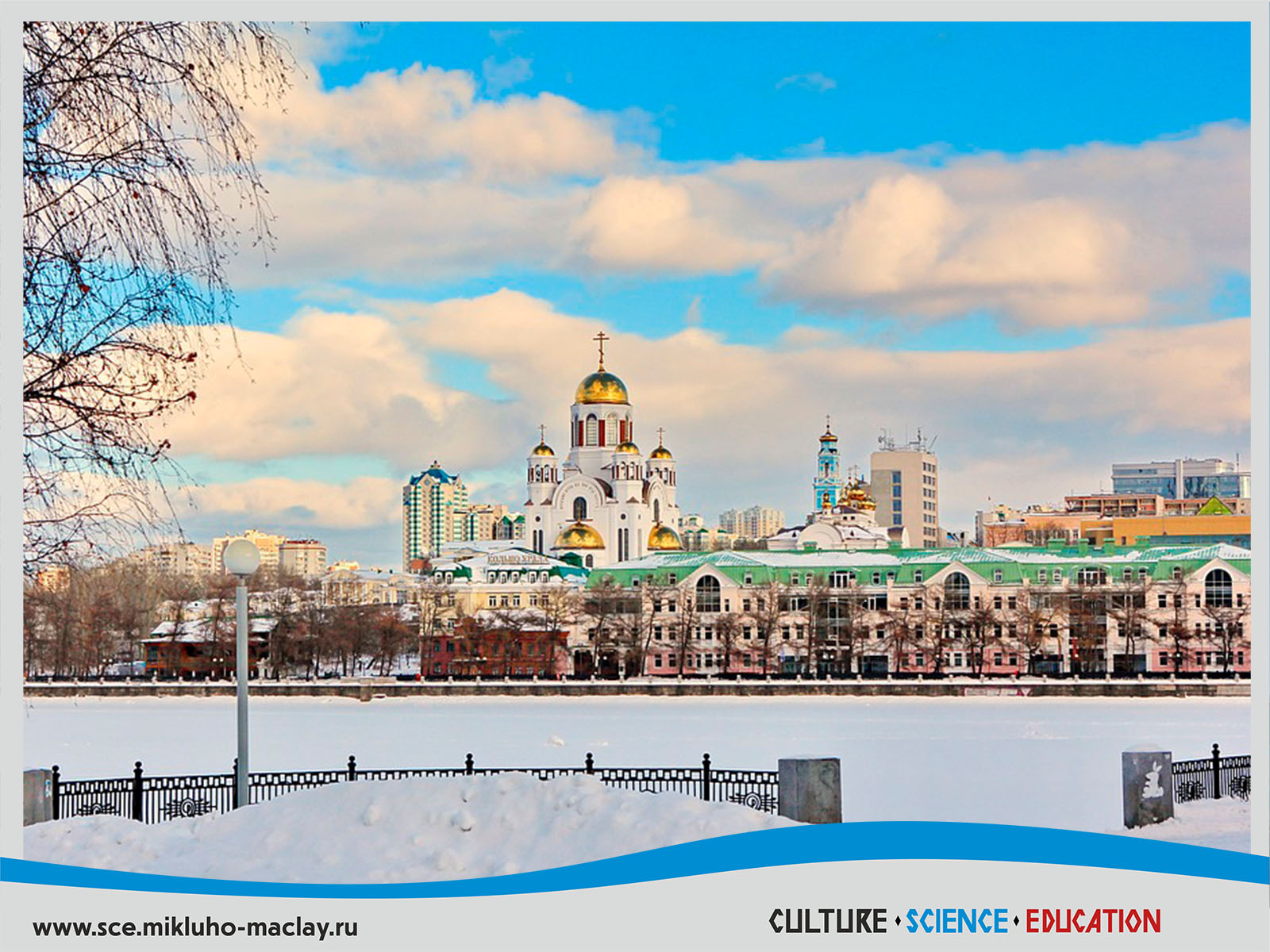
Views of Ekaterinburg; Photo by 2048492
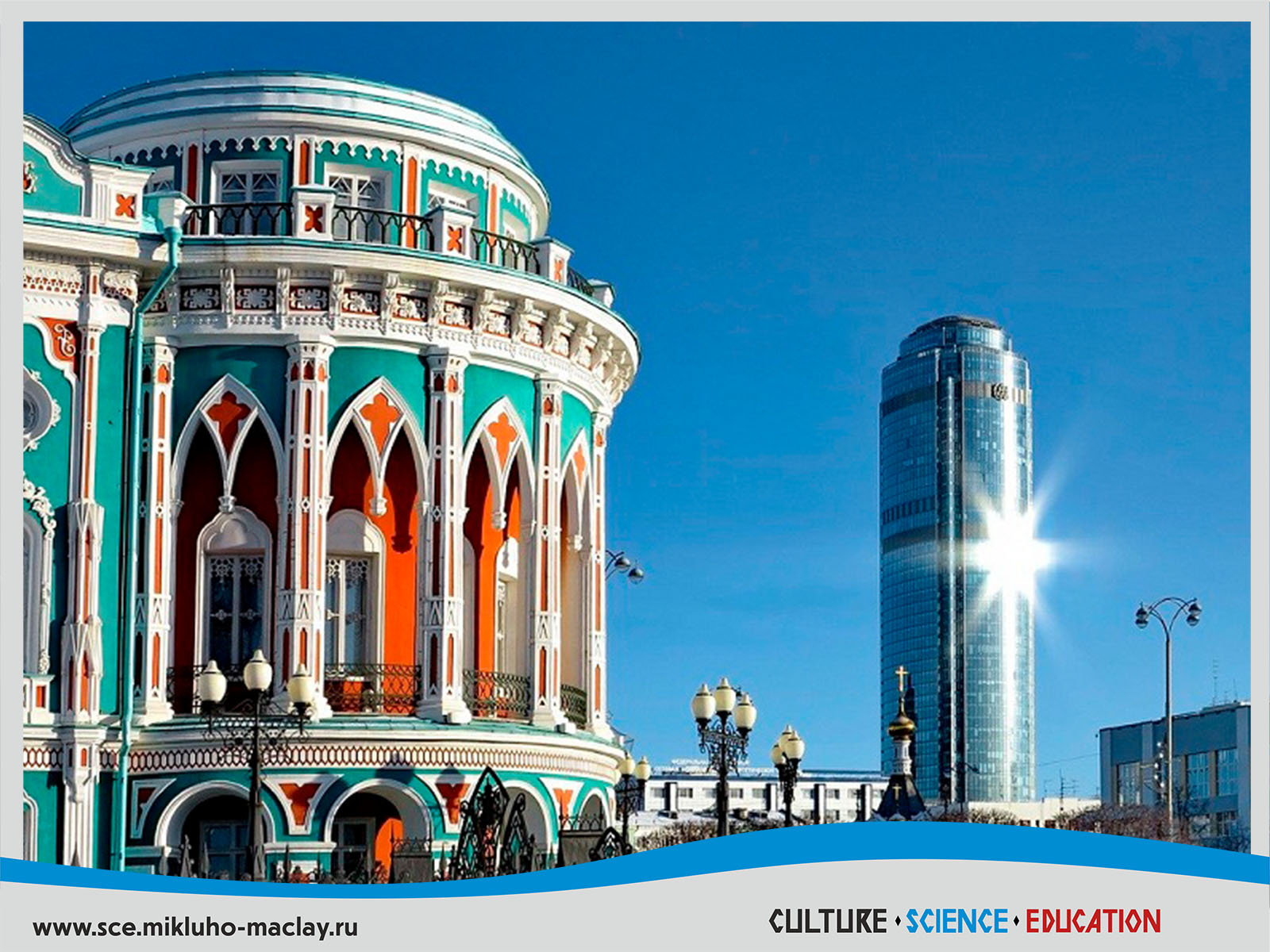
Circus; Photo by Tatevik_b
Sochi
Population: 443 644 people
Founded in 1829
Sochi is located on the Black Sea coast. The first settlements on the territory of modern Sochi was appeared more than 100 000 years ago. In ancient times different tribes inhabited here. Settlements was marked like the village of Suchi on the Russian maps of 1723.
The time of Foundation of the city is considered to be 1829. At the end of the Russian-Turkish war, Russia withdrew the black sea coast of the Caucasus and the black sea coastline was created, consisting of fortifications designed to protect the coast.
In the late 19th – early 20th centuries, Sochi and its surrounding land became resort areas. There are began to build cottages, hotels, hospitals, the first Spa facilities, gardens and parks in Sochi.
During the First World War and during the October Revolution 1917, Sochi was severely destroyed, many resorts were closed, but the urban economy was restored in 1918-1920. During this period, the government founded states resorts in Sochi.
In 1941, the development of Sochi was interrupted by the outbreak of the Great Patriotic War (1941-1945). During the War on the basis of resorts in Sochi were developed hospitals, where more than 300 thousand soldiers and officers of the Soviet Army restored their health.
In the late 1980s, the city received about 5 million people annually for rest and treatment, including more than 200 000 foreign citizens.
Nowadays the population of Sochi is more than 400 000 people. There are 227 large institutions of treatment and recreation, hotels and tourist bases. In 2014, Sochi hosted the XXII Winter Olympic Games.
The architecture of Sochi is very diverse. Here you can see the monumental building of the theatre built in the neoclassical, and the ensemble of The Cathedral of St. Michael the Archangel in the magnificent style of Moscow Baroque. In the late 19th – early 20th centuries, the main part of buildings in Sochi were constructed in the European Art Nouveau style. For example, the building of the Sochi Public Library № 1, which is named after great Russian writer Alexander Pushkin.
Sanatorium-resort complex of Sochi is the largest in Russia. There are more than 50 percent of all resort potential of Krasnodar Krai (Region) is concentrated in Sochi.
We recommend to visit: Mount Akhun, Sochi National Park, Sochi Arboretum, the Eagle Rocks, Stalin’s dacha, Mount Fisht, Lake Ritsa, Fisht Olympic Stadium.
And here are some of them:

Views of Sochi; Photo by bolotina-o
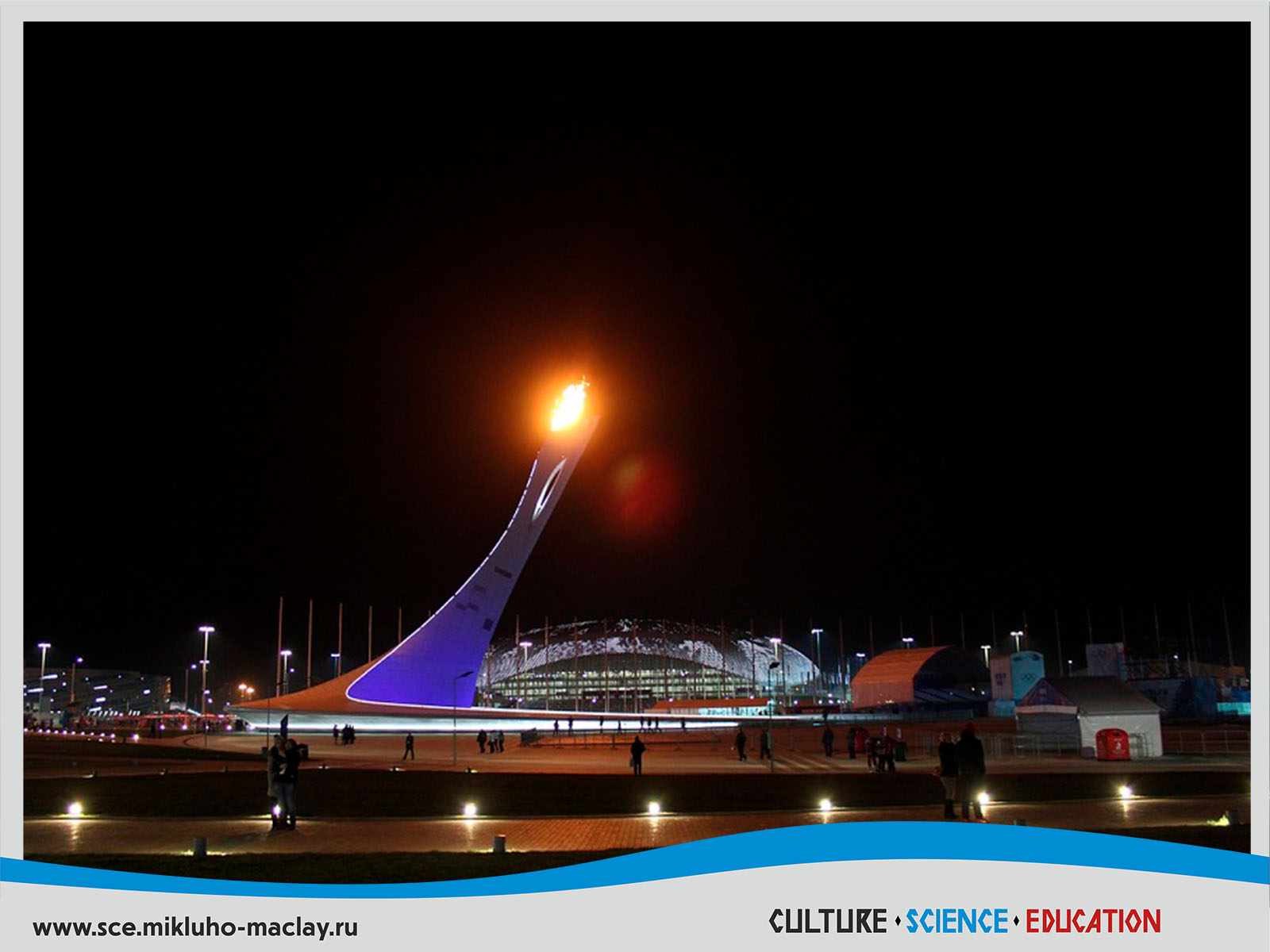
Sochi Olympic Park; Photo by Alexander Zhdanenko
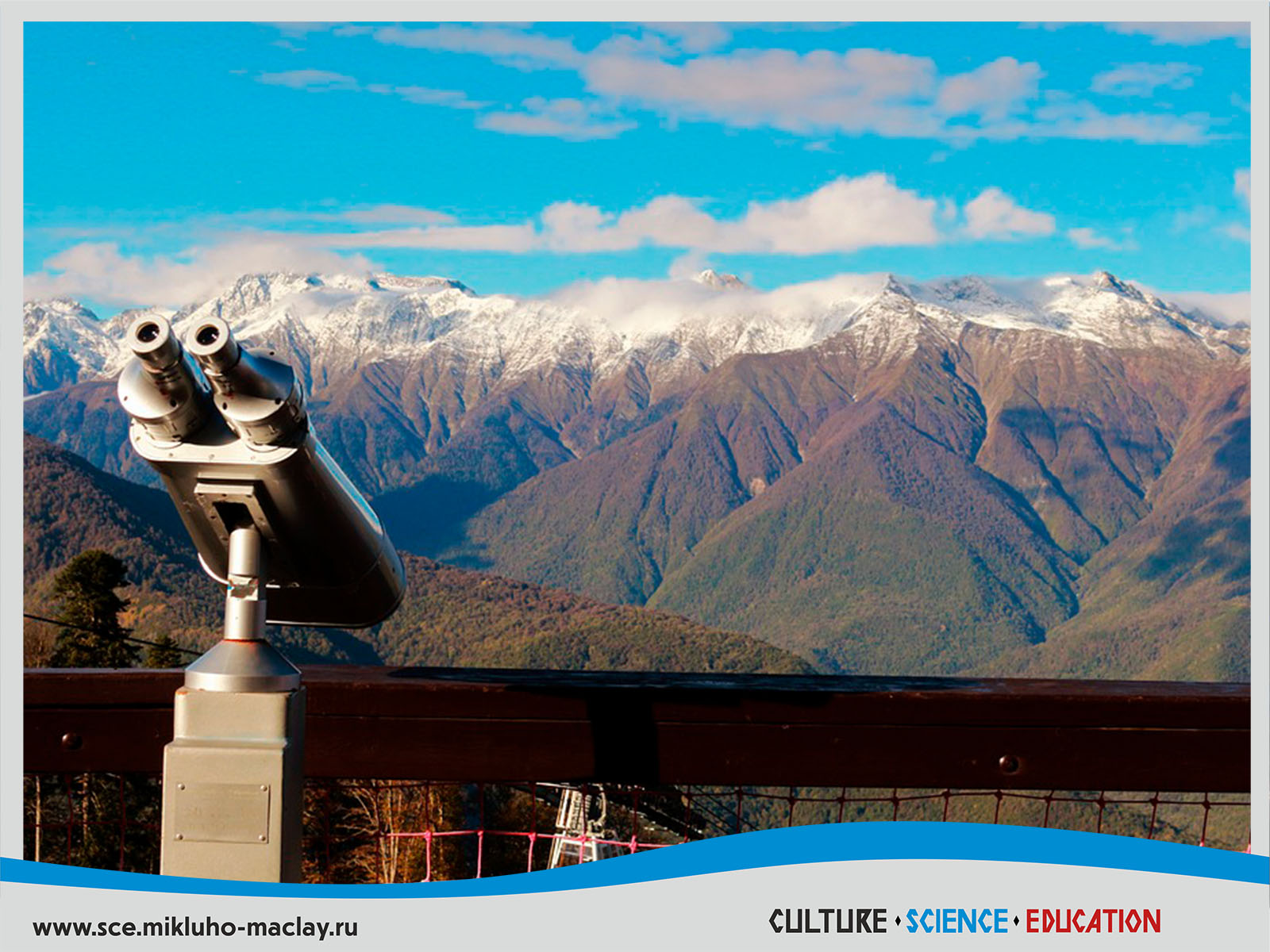
Krasnaya Polyana; Photo by bolotina-o
Vladivostok
Population:605 049 people
Founded in 1860
In 1859, Russian general, statesman and diplomat Nikolay Muravyov-Amursky, passing the shores of the Gulf of Peter the Great in the Pacific Ocean, drew attention to a well-sheltered bay. Muravyov-Amursky proposed to call it the Golden Horn Bay and ordered to establish a military post on the shores of the bay, which was named Vladivostok. The location Vladivostok is greatly suited to these aims, due to location in a convenient and protected harbour near the trade routes, which is surrounded by mountains along three sides.
Originally Vladivostok was founded as a military post in 1860. The first civilian settler, merchant Yakov Semenov, arrived in Vladivostok only in 1861. The military constructions near the Golden Horn Bay were the first buildings of the settlement. Over time, the territory of the city began to expand rapidly.
In 1862, the military post of Vladivostok became the port. The main naval base of the Siberian Military Flotilla, Maritime departments and the Military Governor were replaced from Nikolayevsk-on-Amur to Vladivostok in 1871.
In 1880 Vladivostok officially became a city. In 1882, due to the resettlement plan, inhabitants from different parts of Russia arrived to the Russia’s Far East, including Vladivostok.
During the First World War Vladivostok was an especially important location for weapons transferring to Russian troops, and also raw materials and equipment for industry.
The first higher education institution in the Russia’s Far East, the Oriental Institute, was founded in Vladivostok in 1899.
In 1900, a young officer Vladimir Klavdievich Arsenyev arrived in Vladivostok. Vladimir Arsenyev made over 20 expeditions, wrote many books and articles, and also became one of the most prominent Russian scientist and writer, being in Vladivostok.
In the early 20th century, small Russian naval base had become the largest port and major naval base in Russia.
After the collapse of the Russian Empire and the beginning of the Civil War, the struggle for control of the territories deployed in the Far East. In 1922, the Soviet Union was established there.
During the Great Patriotic War (1941-1945), Vladivostok became an irreplaceable artery for delivering of necessary goods to the front and important location of industrial enterprises.
Despite the fact that there were no hostilities in Vladivostok, the city was threatened by Japanese attack.
In 1960s−1970s started dynamic development of Vladivostok. There were built many houses, hospitals, kindergartens, cultural and art institutions, parks, squares and the transport network in the city.
In 1974, Vladivostok hosted a historic meeting of the General Secretary of Central Committee of the Communist Party of the Soviet Union (CPSU) Leonid Brezhnev and the President of the United States, Gerald Ford. During the meeting, the Soviet Union and the United States signed a Joint Soviet-American Statement, which confirmed the intention to conclude a new Strategic Arms Limitation Talks Agreement for a period until the end of 1985.
Nowadays Vladivostok is the main port city of the Russia’s Far East, which is dynamically developing and has magnificent prospects.
The APEC Summit was held in Vladivostok in September 2012, where were discussed many issues, including foreign trade in the Asia-Pacific. It should be noted that intensification of trade relations with APEC countries is one of the main objectives of Russia’s foreign policy. The Summit had a great impact on the development of the city.
Vladivostok hosts the Eastern Economic Forum (EEF), which was established by the President of the Russian Federation Vladimir Putin in 2015. EEF supports international co-operation in the Asia-Pacific and development of Russia’s Far East. There are over 8500 delegates from 65 countries take part in the Eastern Economic Forum.
There are a lot of great places in Vladivostok. For example, there are Russkiy Bridge in Vladivostok, which is also the 2nd highest bridge in the world or one of the biggest universities in Russia – Far Eastern Federal University.
Vladivostok is the pearl of the Russia’s Far East.
We recommend to visit: Golden Horn Bay, Russkiy Island, Cesarevitch Embarkment, The Nicholas Triumphal Gates, Vladivostok GUM, The Vladivostok Fortress, Primorsky State United Museum named after V.K. Arsenyev.
And here are some of them:
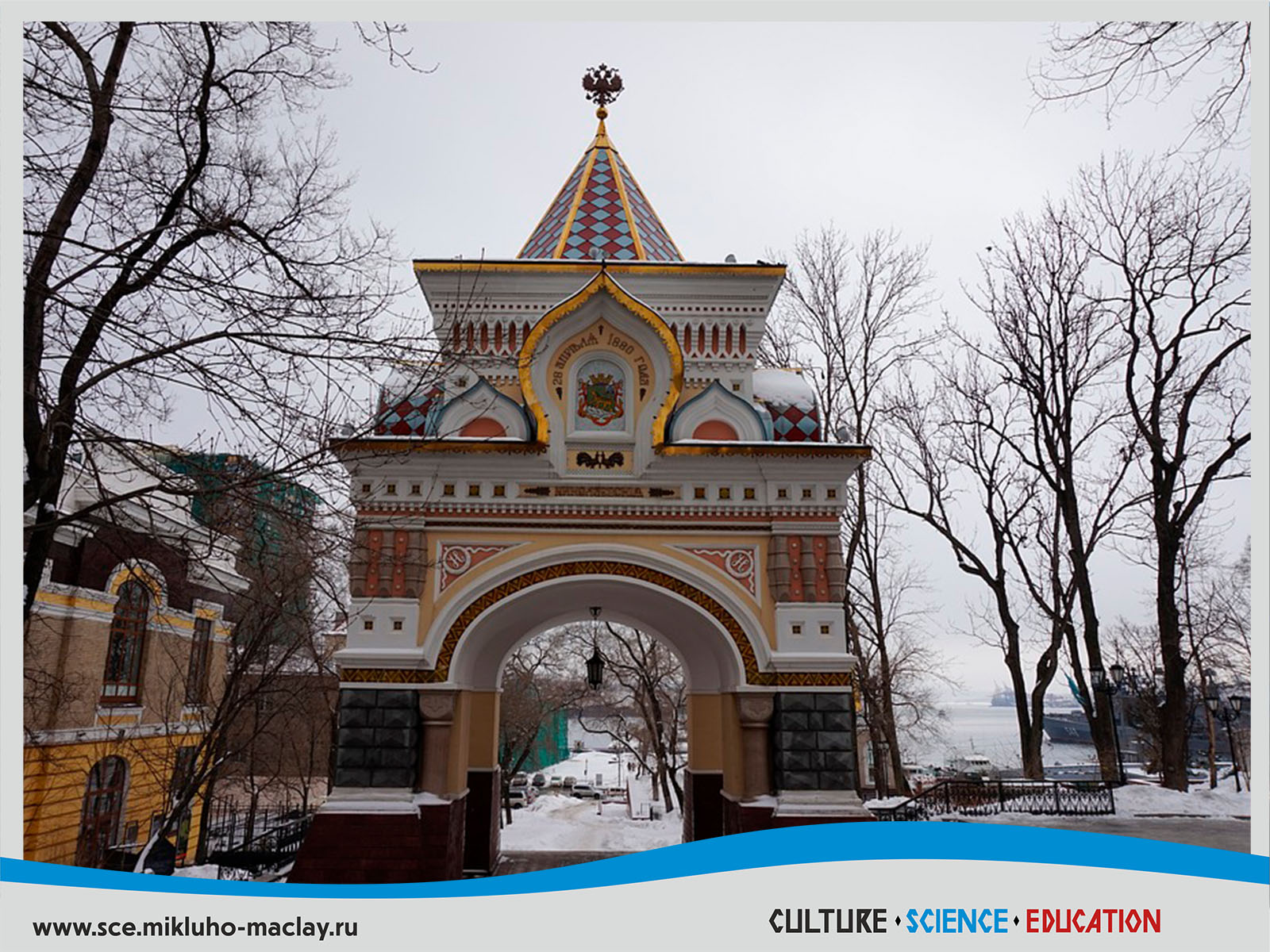
Nicholas Triumphal Gates; Photo by jaesikbae

Views of Vladivostok; Photo by alexlevashov
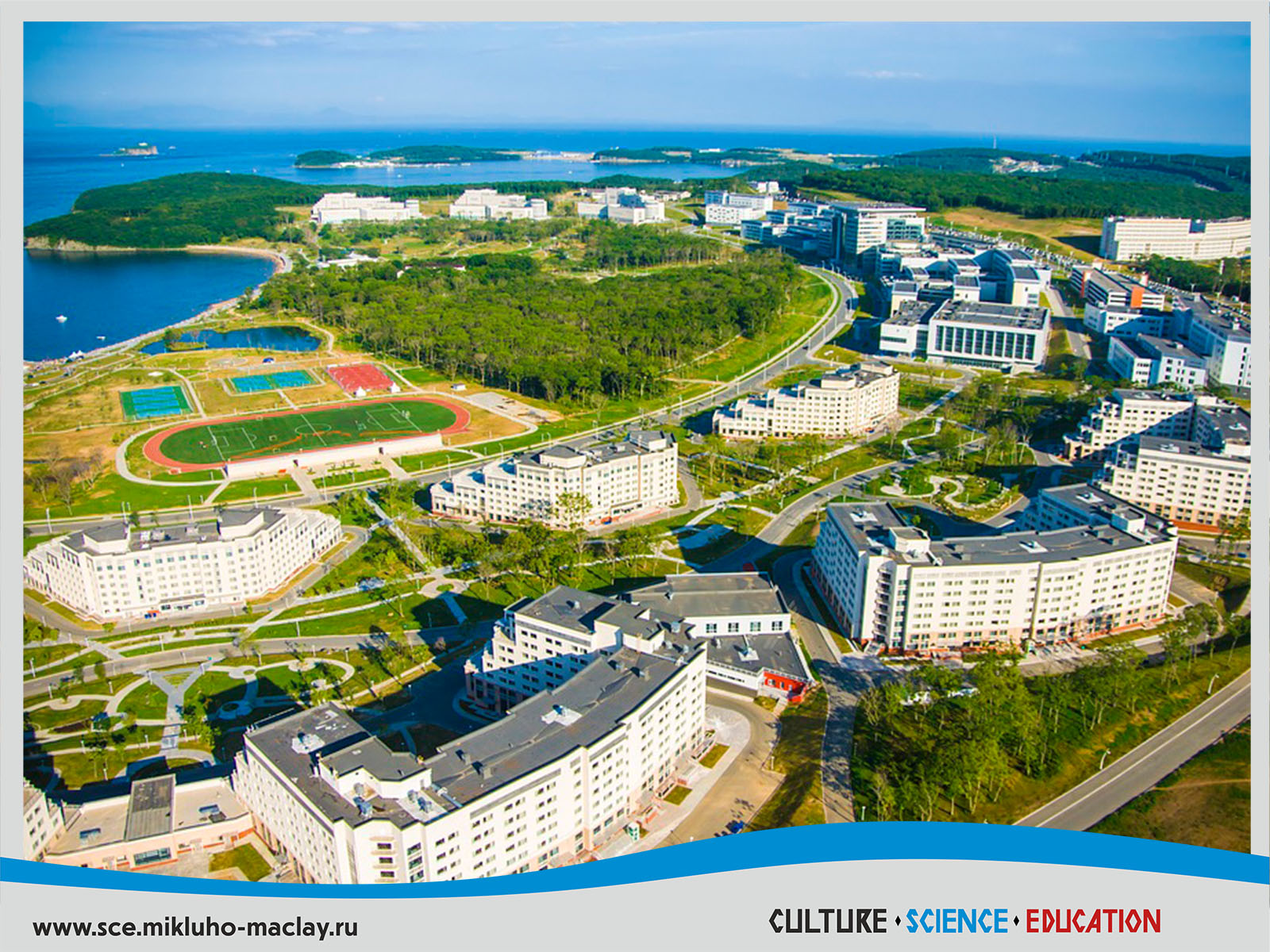
Far Eastern Federal University; Photo by DVFU
Kazan
Population: 1 252 000 (2020 Census)
Founded in 1005
Kazan is one of the oldest cities in Russia, which is also famous for combining the culture of the West and the East. According to one of the most common stories, more than a thousand years ago, the fortress of Volga Bulgaria, a fairly strong trading state of those times, was laid on the site of Kazan. Trade routes from Europe and the Middle East soon crossed there.
At the beginning of the XIII century, Mongol troops began to raid the Kazan lands. Subsequently, the fortress fell and became part of a large and powerful state of that period – the Golden Horde. After the collapse of the Golden Horde, the fortress was occupied by Ulugh Muhammad Khan and founded the Khanate of Kazan. The city continued to develop as an important trade and handicraft center, and its walls were regularly reinforced.
In 1480, Russia overthrew the Tatar-Mongol yoke. Its relations with the Khanate of Kazan also got worse. In 1552, Russian troops under the command of Ivan IV Vasilyevich (commonly known as Ivan the Terrible) occupied Kazan, which from that moment became part of Russia. After the conquest of Kazan, Ivan IV sent architects there to build the white-stone Kremlin (fortification). To this day, the Kazan Kremlin remains one of the oldest places of modern Kazan.
In the XVIII century, Kazan continued to grow as an important trade, manufacturing, and handicraft center in Russia. Moreover, in 1708, by decree of the Emperor Peter I the Great, Kazan became the capital city of the vast Kazan Governorate. Since the city is located on the Volga river, the fleet also began to develop there.
Culture and education were of a special attention. In 1791, a theater was founded in Kazan, and in 1804 – Imperial Kazan University, which produced many outstanding writers, scientists and politicians. Russian astronomer, one of the discoverers of Antarctica, Ivan Mikhailovich Simonov (1794-1855), and the world-famous Russian writer Lev Nikolayevich Tolstoy (1828-1910) graduated from the Kazan University. Moreover, in 1844, a Professor of the Kazan University Karl Ernst Claus discovered a new chemical element – ruthenium. So, by the middle of the XIX century, the Kazan University became one of the largest scientific centers in Russia and keeps among the tops today.
In 1894, Moscow and Kazan were connected by railway, in 1897 – electricity was provided, and the city itself was still one of the largest and most developed in the Country.
After the revolution, in 1920, the Tatar Autonomous Soviet Socialist Republic was founded with its capital in Kazan, and in the 1930s, intensive industrialization of the city began, accompanied by rapid population growth and expansion of the city.
During the Great Patriotic War (22.06.194 – 09.05.1945) Kazan was the rear support of the Country, where large factories and research centers were moved, including the USSR Academy of Sciences and various research institutes. After the war, the city continued to develop, becoming one of the largest industrial, scientific and cultural centers of the Country with the population of over a million people.
Nowadays, Kazan is the capital of the Republic of Tatarstan, an important economic, cultural and tourist center of Russia. More than 100 nationalities live here, so, as in the whole country, they respect the traditions and culture of many nations. The heart of Kazan is the Kazan Kremlin, which is also a UNESCO world heritage site. The Kul Sharif Mosque and Söyembikä Tower are unofficial symbols of the city.
Recommended for visiting: Historic and Architectural Complex of the Kazan Kremlin, Kul Sharif Mosque, Söyembikä Tower, Hermitage-Kazan Exhibition Centre, Museum of History of Statehood of the Tatar people and Republic of Tatarstan, Historic and Architectural Complex «Bulgar», Tatar Musa Jalil State Academic Theatre of Opera and Ballet, Kazan Academic Russian Bolshoi Drama Theater named after V.I. Kachalov, Kazan Federal University.
And here are some of them:
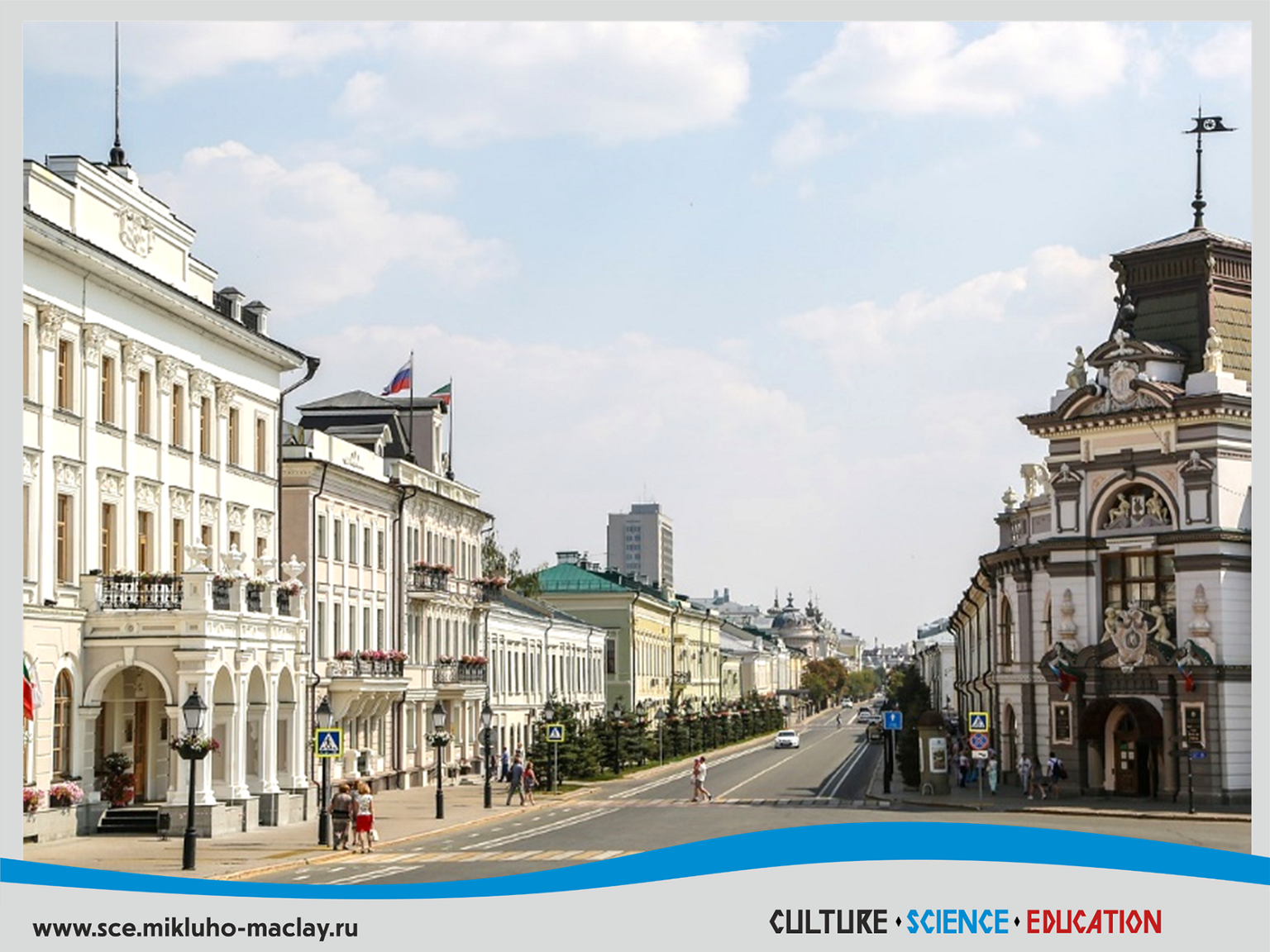
View of Kazan. Photo by difotolife
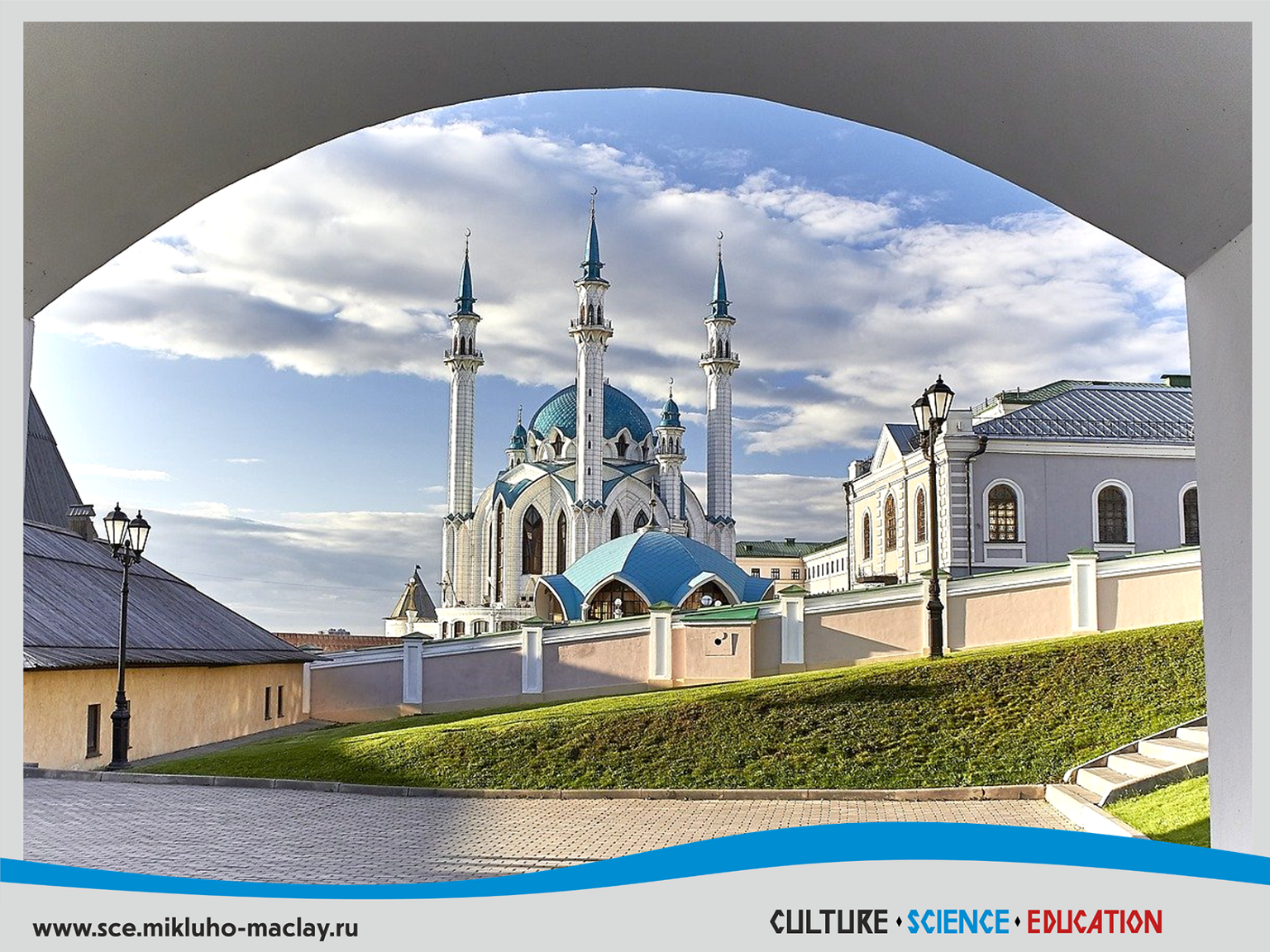
Kul Sharif Mosque. Photo by Dmitry Protsenko

Kazan Kremlin. Photo by Dmitry Protsenko
Vologda
Population: 310 302 (2020 Census)
Founded in 1147
The first written mention of Vologda dates back to 1147. At that time, there was a small settlement, surrounded by forests and swamps, which protected the city from the invasion of nomads. The settlement was on the Vologda river, rich in fish, which was a trade route connecting with other cities of Russia. In the future, the favorable geographical position of Vologda allowed it to develop trade relations with foreign lands, which also served as an important factor in its development.
The Russian Tsar Ivan IV (commonly known as Ivan the Terrible) appreciated Vologda not only for its trade, but also for its defense value. Vologda and the massive walls of its Kremlin (fortifications) reliably defended the ways to Moscow -the capital of Russia. In 1587, Saint Sophia Cathedral was built in Vologda, which has been the main attraction of the city for more than 400 years. It was during the reign of Ivan IV when Vologda began its development as a major Northern city, through which Russia traded with foreign Countries.
In the XVII-XVIII centuries, during the reign of Emperor Peter I the Great (1682 – 1725), Vologda retained its importance for Russia and became one of the main defense centers of the Country, where military and technical equipment for fortresses and warships was stored. Cargo ships were constructed in the city too. During the reign of Catherine the Great (1762 – 1796), the administrative significance of Vologda also increased, becoming the capital of the Volga Governorate in 1796. During the reign of Catherine the Great, construction of the stone Gostiny Dvor began in Vologda, as well as a number of other public buildings that have survived to the present day and are the historical shape of the city.
In 1865, Vologda and another major Russian city, Yaroslavl, were connected by a railway, which had a positive impact on the development of the city. In 1898, the Vologda–Arkhangelsk railway started operating, and in 1905 – Vologda–Saint-Petersburg railway. So Vologda once again became an intersection of important transport routes, as well as an important industrial center of the North-Western part of Russia. At the end of the XIX-beginning of the XX centuries a power station, water supply, and telephone station were built in the city.
The Russian Revolution of 1917 Vologda has experienced comparatively quiet. In 1918, there were diplomatic missions from the United States, the Great Britain, France, Japan, China, Siam, Serbia, Italy, Belgium and Brazil in the city. Soviet Power was established in Vologda in 1918.
During the Soviet period, Vologda continued to grow and develop: housing construction and manufacturing were on the rise.
During the Great Patriotic War (22.06.1941 – 09.05.1945), martial law was proclaimed in the Vologda region. Thousands of residents of the city and region went to war as volunteers. Industrial enterprises of Vologda were converted to produce military products: weapons and equipment. As a rear city, Vologda was also an important hospital center.
In the post-war years, the population of Vologda continued to grow, and the city became one of the largest centers of mechanical engineering in the Country.
Nowadays, Vologda is the administrative, cultural and industrial center of the Vologda region. Moreover, Vologda remains one of the oldest cities in Russia that has preserved its historical shape. The city is one of the Russian cities with a valuable historical heritage, and its architectural shape is under control of Federal authorities.
Recommended for visiting: Vologda Kremlin, Saint Sophia Cathedral, Resurrection Cathedral, Vologda Bishop Courtyard, Lace Museum, Prechistenskaya embankment, wooden architecture of the city.
And here are some of them:
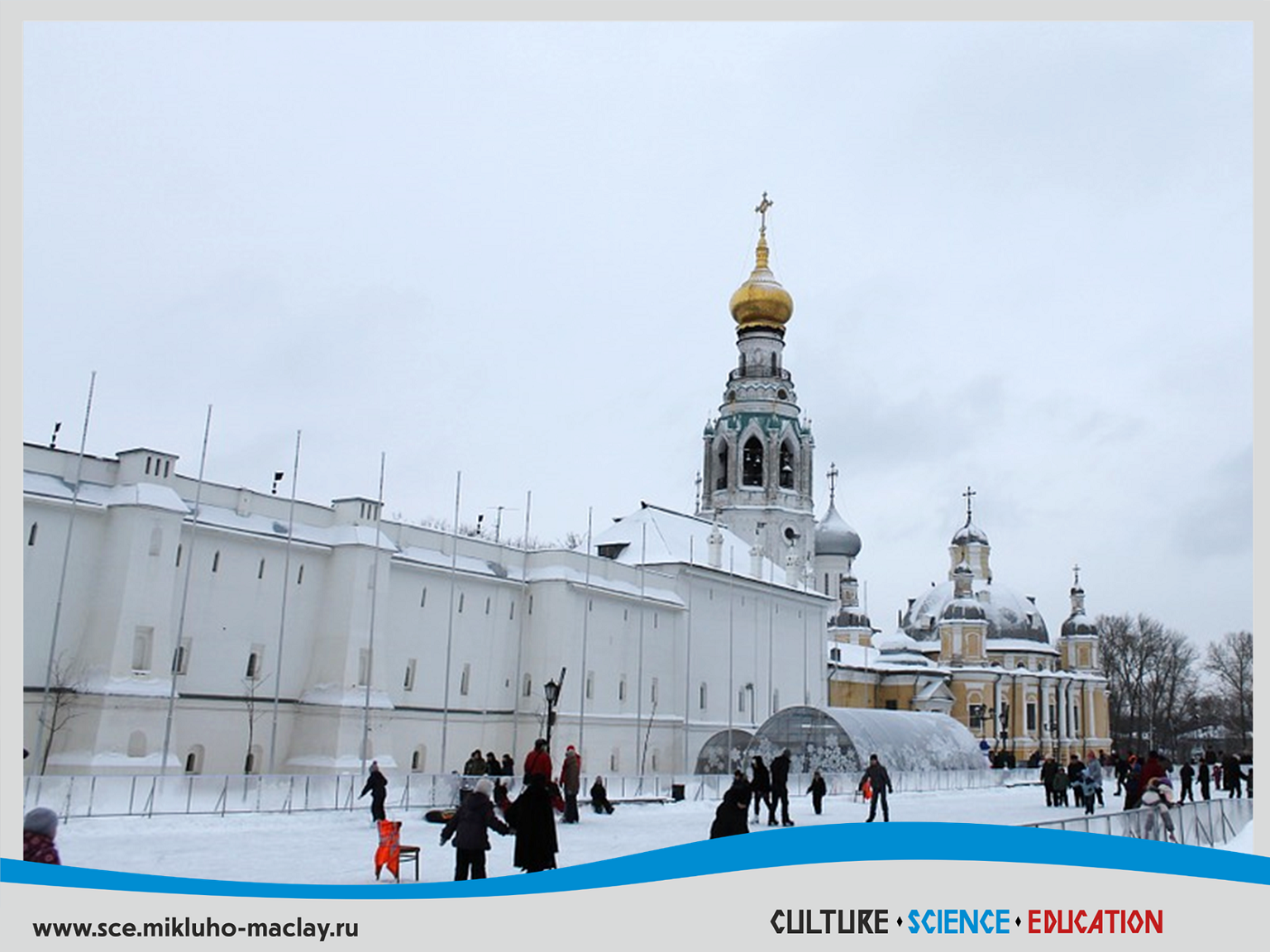
Vologda in Winter. Photo by delmaster
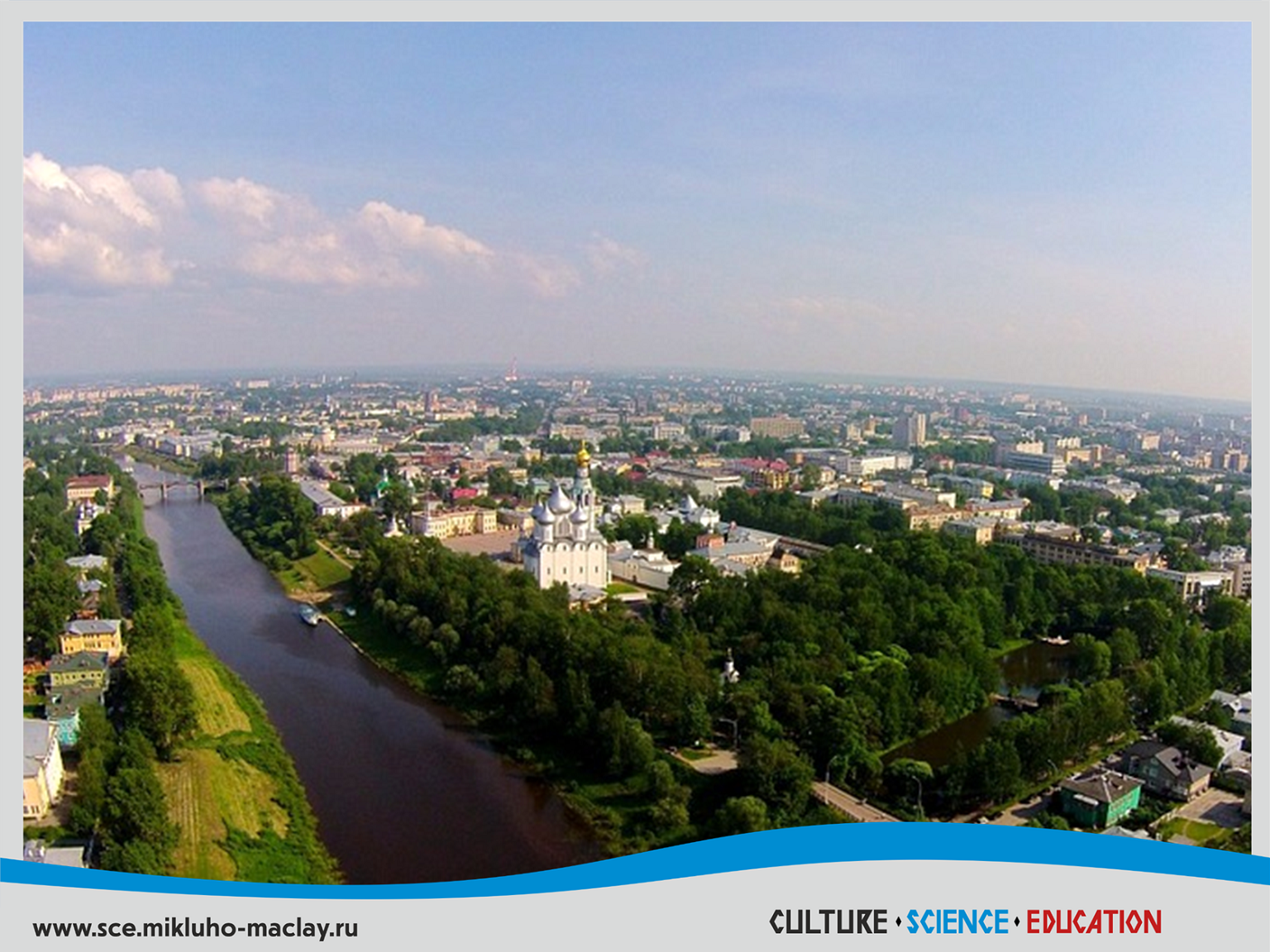
Vologda in Summer. Photo by Igor Selivanovskiy
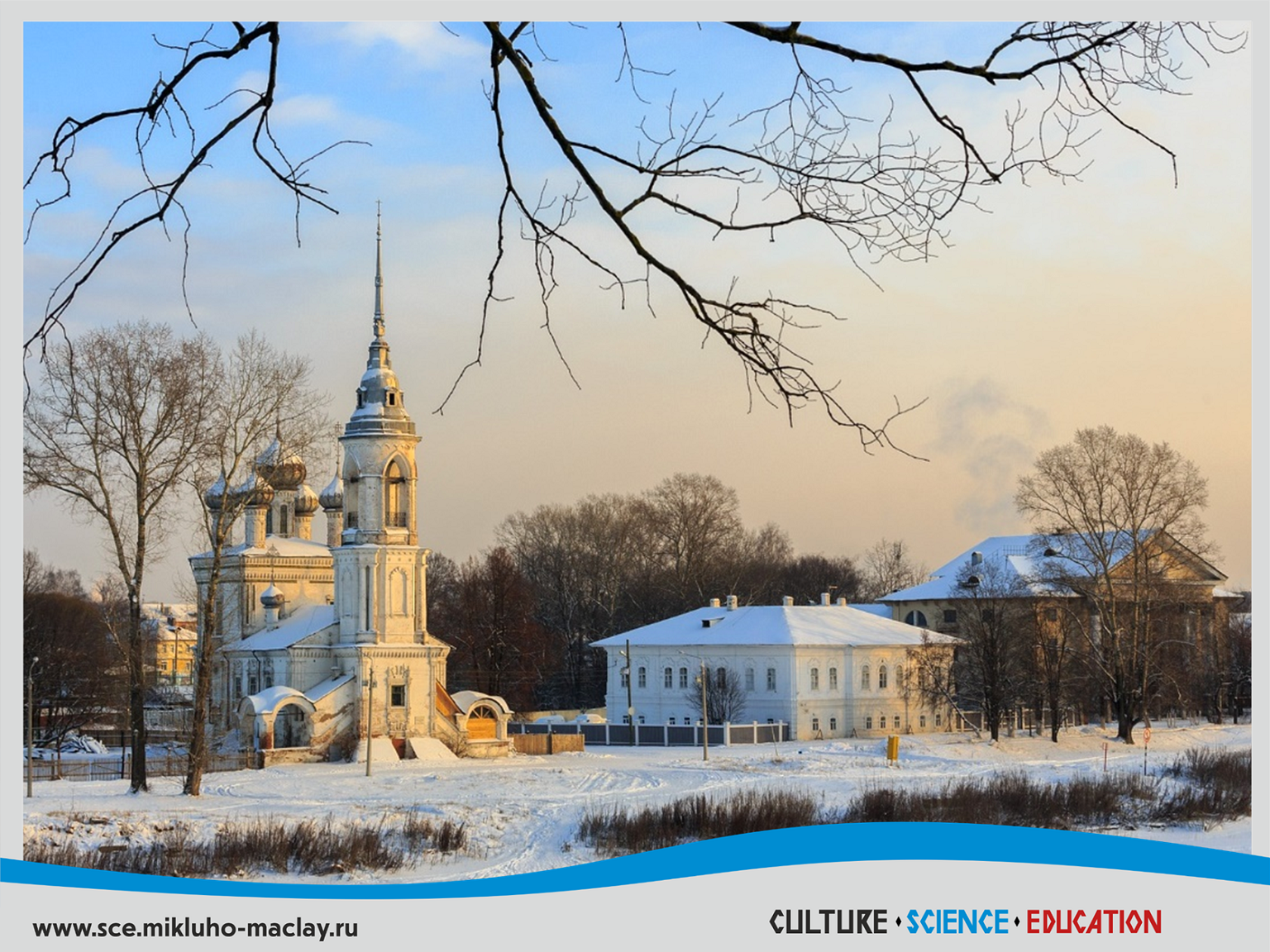
View of Vologda. Photo by Alexander Stoyalov
